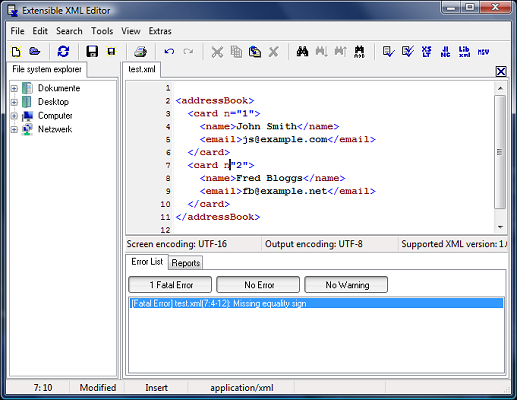

If(ticker.childNodes( 0).getAttribute( ' pause')= " true") Var timeOutVal=(ticker.childNodes( 0).getAttribute( ' timeout'))*1000 XML Ticker JavaScript // (c) 2002 Premshree Pillai // // Use freely as long as all messages are as it is // Location of script : var xmlDoc = new ActiveXObject( " Microsoft.XMLDOM") ĭocument.write( '. The structure of the XML document is as follows > the ticker style, text to be displayed, the link for that particular message from an XML file. We will create an XML based JavaScript Ticker that can tick any number of messages. You can find an XML based JavaScript Ticker here. XML being structured, it becomes very easy to manage content. The main advantage of using XML along with JavaScript is that editing of data becomes very easy. Using these properties you can create lots of client side applications.

There are many more properties and methods available. xmlObj.childNodes(2).getAttribute("sex") will return " F". xmlObj.childNodes(1).getAttribute("age") will return " 24". Thus xmlObj.childNodes(0).getAttribute("id") will return " 001". An attribute can be accessed using childNodes(i).getAttribute(“AttributeName”).


 0 kommentar(er)
0 kommentar(er)
